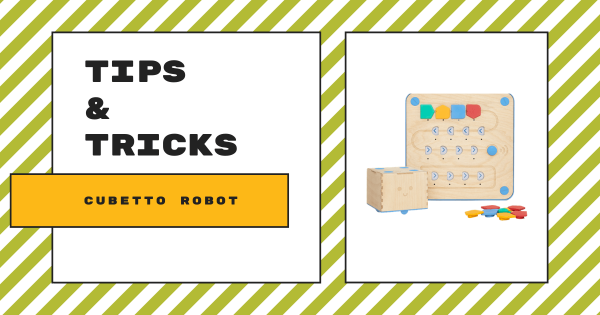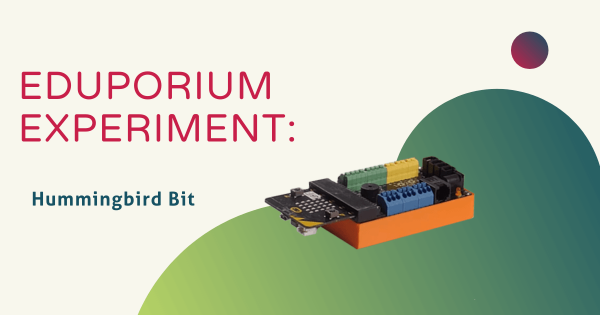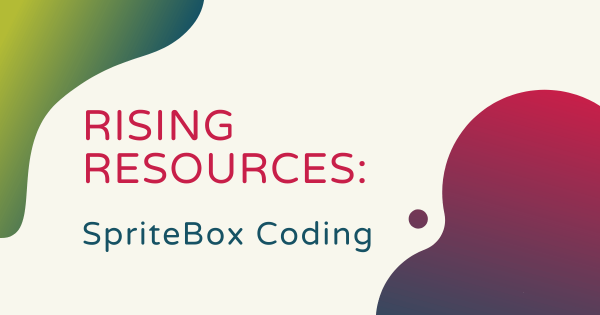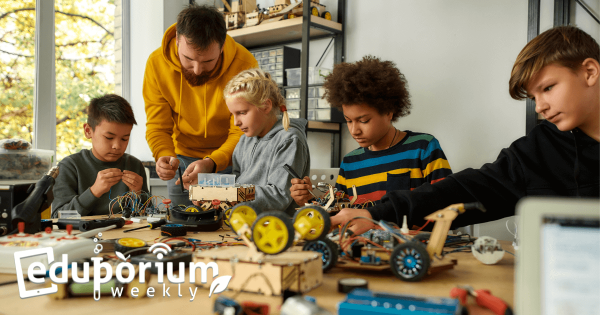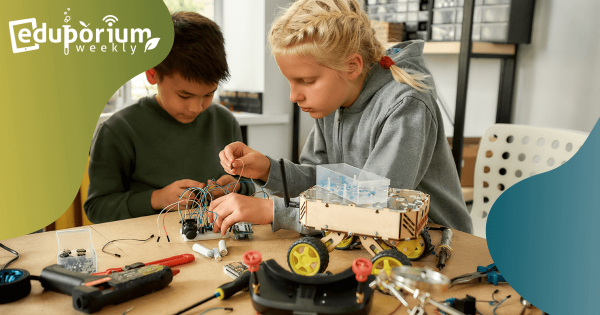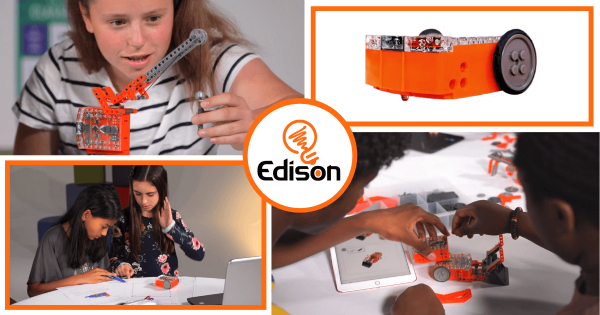While it’s considered unique in the world of early education STEM learning, the Cubetto Robot is also fabulously effective. Students as young as three years old can use this device-free robot to start to understand core coding principles and begin developing new, useful logic and computational skills in preschool classrooms. Explore our tips and tricks for getting started!
Search results for '9 early'
-
Eduporium Experiment | STEAM And The Hummingbird Bit
By combining the powerful brain of the micro:bit V2 with its flexible robotic core and modular parts, the Hummingbird Bit can help you lead classroom STEAM experiences that are one par with teaching using some of the more extravagant robots out there. The kits are actually real affordable, however, and offer a ton of versatility and value for kids throughout -
Rising Resources | SpriteBox Coding
Sometimes, teaching kids about coding can get complicated. Even with all of these excellent coding solutions that are available for K-12 teachers and their students, it can sometimes feel challenging to pinpoint how exactly to start. So, in this post, we’re exploring the SpriteBox Coding platform, a CS app that educators can use to introduce coding in early elementary school. -
Eduporium Weekly | Promoting Inventiveness In Education
Inventiveness, if you ask us, is something that goes hand in hand with 21st century problem solving and creativity, but, despite how it could potentially really help enable instructors to challenge student creativity, it is oftentimes overlooked. Luckily, inventiveness is key in STEM education and one of the key soft skills students can work on as soon as they enter -
Eduporium Weekly | Creating Fun Afterschool STEM Learning
Afterschool STEM programs and camps have been around for many years, but they are sometimes entirely for child care purposes. Recently, however, we’ve seen shifts in more kids actually wanting to participate in enrichment programs to continue developing various STEM skills outside of the school day. And, the best part is they often truly enjoy these STEM experiences. -
Eduporium Weekly | Technology, Equity, And Inclusion
Equity in modern learning involves much more than connectivity—although that’s a big piece of this puzzle. Disparities in reliable Internet access along with other inequities (as we constantly felt amid the pandemic) can expose inconsistencies in learning quality. On the other hand, firming up students’ digital safety (while serving their needs) also entails equity considerations. -
Eduporium Weekly | Good STEM Enrichment Activities In Schools
STEM experiences can help children thrive in so many ways and teachers are always finding new ideas for improving them. One of the most popular options, of course, is through enrichment programs. The benefits of STEM learning are great but they’re often capped in the classroom, meaning that more school leaders are encouraging STEM participation outside school. -
Eduporium Weekly | Helping All Students Find Passion For STEM
Despite this prominent presence in the real world and elements of STEM in so many of today’s most lucrative careers, not every K–12 student pursues it. More importantly, many students lose almost all interest in STEM before they even reach middle school. So, in a lot of cases, educators have to be proactive to reach kids while they’re in the -
Edison Robot Projects: Screen-Free Simplicity To Text Coding
When teaching STEAM and coding skills with the Edison Robot, its unique features make it super popular among today’s teachers. This starts with its compact size, which helps to make the Edison a true 1:1 STEM solution in many cases. Some say it’s shaped like a brick but it’s also very dense and tough, which makes it a strong option -
Eduporium Weekly | Teaching Empathy In The Classroom
Particularly since the pandemic began, educational leaders and classroom teachers have had to rethink a lot of their instructional strategies. And, one of the biggest focus areas has been around SEL and ensuring all students feel comfortable expressing their thoughts among their peers—something that’s done a lot to bring conversations about empathy into the classroom.



